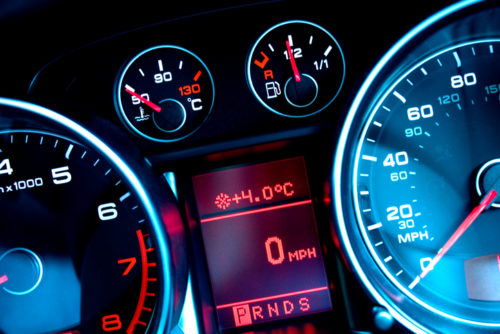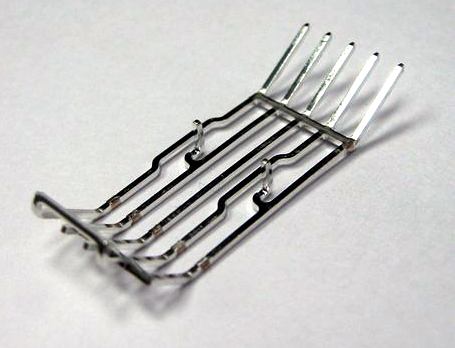In today’s vehicles, almost all internal systems are controlled by an array of electrical terminals and connectors. These increasingly complex devices govern dozens of onboard functions, engine controls, safety features, and infotainment platforms — all while delivering critical feedback to the driver in real-time.
 What are electrical contacts and terminals?
What are electrical contacts and terminals?
A network of electrical contacts must be implemented to appropriately wire an increasing number of electrical systems within the vehicle. Most electrical connectors for the auto industry are comprised of a two-piece socket and tab design. The male and female component ends, made of conductive and flexible materials respectively, allow the connectors to easily attach and disconnect from other pieces within the vehicle.
Connectors provide cars with electrical conductivity to power its systems, as well as electrical and thermal resistance to withstand vibrations, harmful chemicals, and outside elements. As more vehicle functionality depends on the proper operation of these electronic devices, it is crucial that each automotive wire terminal and connector is durable and protected.
What are some commonly used materials?
Engineers can accomplish a variety of design goals by modifying their choices for core and plating materials. Different considerations such as cost, conductivity, reliability, and thermal stability all have a hand in determining which material is the right fit for the application.
 Commonly used materials for auto industry electric terminals include:
Commonly used materials for auto industry electric terminals include:
- Various grades of steel
- Copper
- Brass
- Phosphor bronze
- Various silver oxides
- Various metal plating such as tin to enhance fretting and corrosion resistance
Keats provides major automotive manufacturers with pre-post, selective, and precious plating, and secondary custom wire forming with selecting plating for their electrical terminals. We combine technological innovation including four/multi slide forming, progressive die & metal stamping, CAD/CAM, and five EDM and CNC machines — managed by some of the industry’s most experienced die makers — to deliver superior custom-made products.
To learn more about important considerations for electrical terminals in the auto industry, download our eBook, “Design Tips for Automotive Electrical Contacts & Terminals.”


Comments are closed